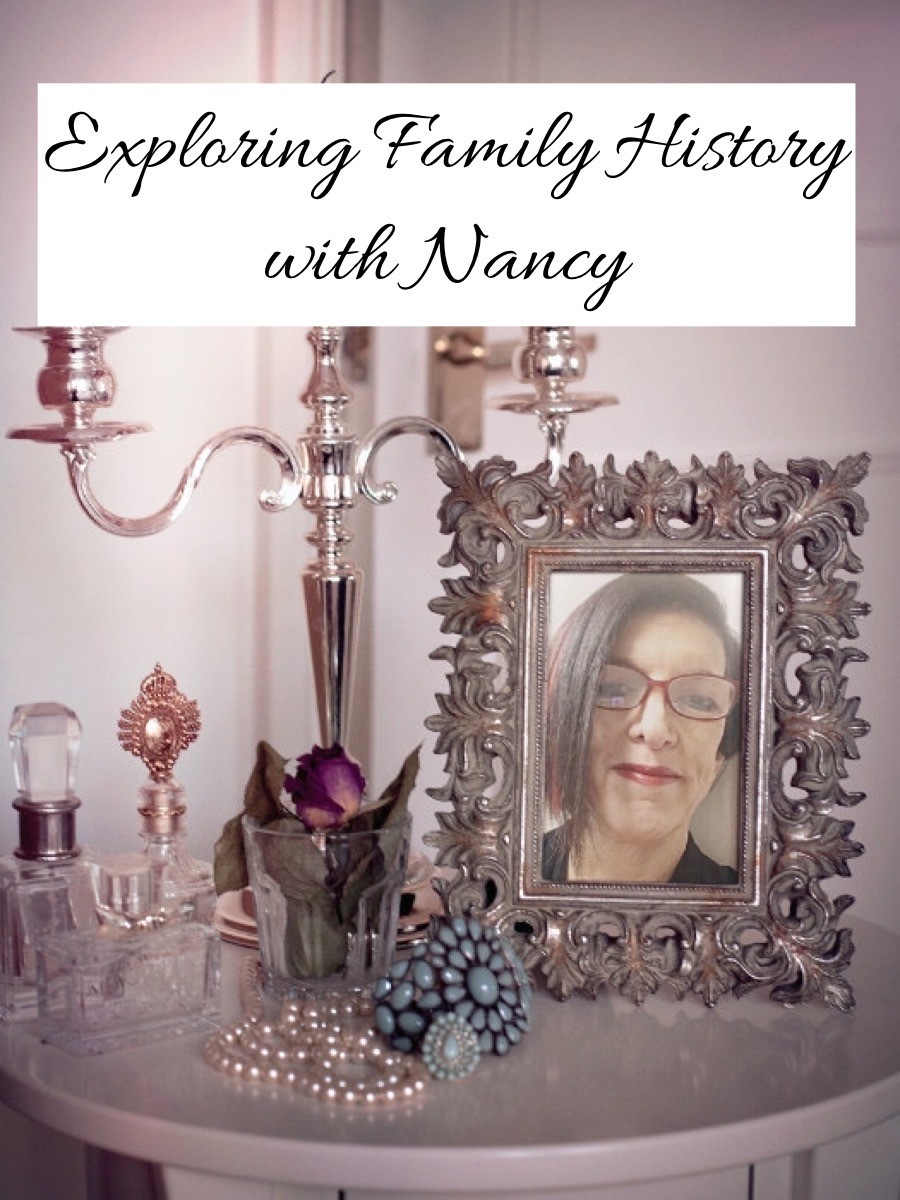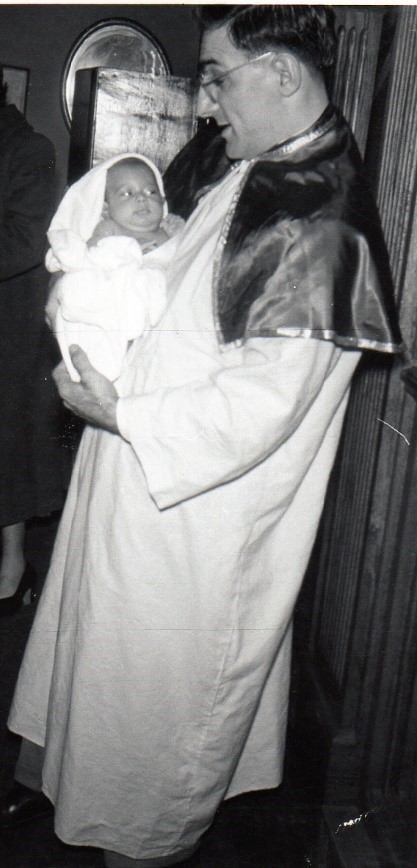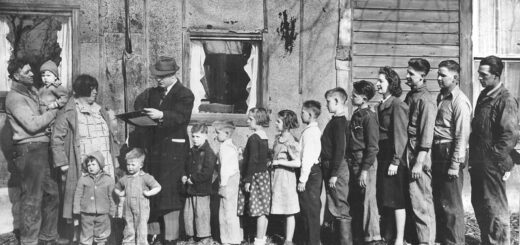Genealogy: Church Records

Church records can be a valuable asset to genealogical research in several ways. They began in the U. S. in the early 1600s, but civil registration or recording of births, marriages, and deaths was not generally required until after 1900. Sometimes church records are the only records containing vital record information. Therefore, they are a valuable substitute when vital records do not exist. Many churches of different denominations kept such records as births, baptisms or christenings, marriages, deaths, and burials. Unfortunately, many of these records have not survived, but it’s usually worthwhile to check with the church about availability.
The types of records kept by churches depends on what mattered most to them in terms of their belief systems. These may include births, baptisms, christenings, communions, confirmations, admissions, removals, lists of Sunday school attendees, church censuses, financial records, and even newsletters. The kind of information kept by a specific church depended largely on its denomination and the person or persons keeping the records. Different denominations may have recorded different information. In some denominations, for instance, you might find a child’s baptismal record containing the names of the parents, and witnesses or godparents who were often relatives. In some baptismal records, the maiden surname of the mother may be given, which can be an important genealogical clue.
To begin a search for church records, you need to know which town, city, or county your ancestors lived and in what denomination they held membership. This will help narrow down possible churches your ancestors may have attended. Because of widespread religious freedom in the U. S., it can be difficult to determine what a person’s denomination might have been. Fortunately, there are several available resources you can look for that may provide clues, several of which may be found in your home or a relative’s home, or even in an on-line database:
- Baptism, confirmation, marriage, and death certificates. Except for death certificates, the first three records may name the clergyman and/or church.
- Funeral notices can identify where a funeral was held.
- Obituary clippings, depending on their content, may identify not only the church but also how the person was involved in their church’s activities.
- If the person was buried in a church cemetery, they were likely members of that church for a certain length of time.
- A family Bible may also indicate membership in a particular church.
- County histories may include information about local churches. If such a publication includes family histories, church membership may also be mentioned in these write-ups.
- If your ancestors were city folk, check city directories for church listings to see what kinds of churches existed while your ancestors resided there. Church officials’ names may be included.
- Local libraries or genealogical societies may also have information on churches in their areas.
There are some things to keep in mind when considering church records as a genealogical source. In some communities there may have been just one church, so residents would have attended that church regardless of individual belief. Distance can also be a factor. People may have decided to attend a church closer to home without regard to its denomination. Conversely, depending on the depth of their religious convictions, they may have traveled some distance to attend a church whose belief system was closest to their own. Also, your immigrant ancestors may have been dissenters who belonged to a church that wasn’t a “state church” in their home country, so just because there was a majority religion in one country doesn’t necessarily mean that your ancestors adhered to that brand of faith. You need to do the research.
Surviving church records are kept at various locations. If you know your ancestor’s church, ask them what kinds of records they may have. They may allow you use them or say that they will check records for you. If a church closed or no longer maintains historical records, those records may go to denominational archives or headquarters. FamilySearch has an excellent compilation of contact information for various denominations: https://www.familysearch.org/wiki/en/United_States_Church_Records#Major_Religious_Denominations
Some churches may have donated records to local genealogical and historical societies. Cyndi’s List contains links to a wide variety of societies and groups: https://www.cyndislist.com/societies/
The Family History Library in Salt Lake City, UT has a substantial collection of original church records and transcripts on microfilm for churches in the U. S. Microfilm and books at the FHL must be viewed in person, but in some cases the records have been digitized and are viewable on the FamilySearch website. You can check on availability by first setting up a free login and password at https://familysearch.org and going to the “Place-names Search” of the FamilySearch Catalog: https://www.familysearch.org/search/catalog. Enter the town or city your ancestor lived in. Any available church records at the FHL or on-line at FamilySearch will be listed in the results. If you don’t find records for that locality, search on the county name.
As mentioned previously not all church records have survived the ravages of time or other things, but there are other reasons why you might find an ancestor in a church record. Record loss or destruction, non-attendance, and lack of recordkeeping are major reasons. Transfer of records to another church of the same denomination is another one. If your ancestor’s minister was a circuit rider or itinerant preacher, he may have left records with one of his parishes, or the records may have gone to his denomination’s archives. It may help to determine where the minister died and check local repositories in that area.







Recent Comments